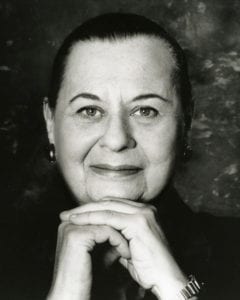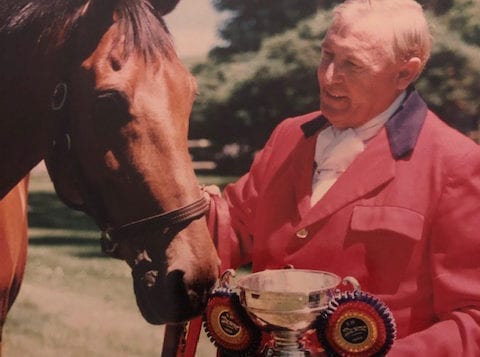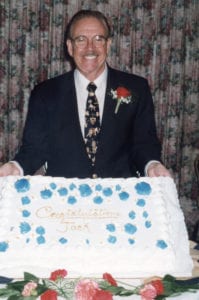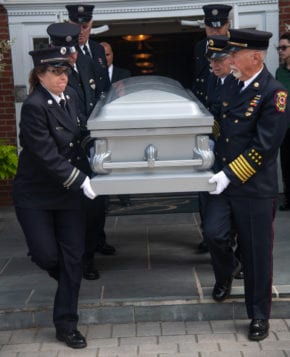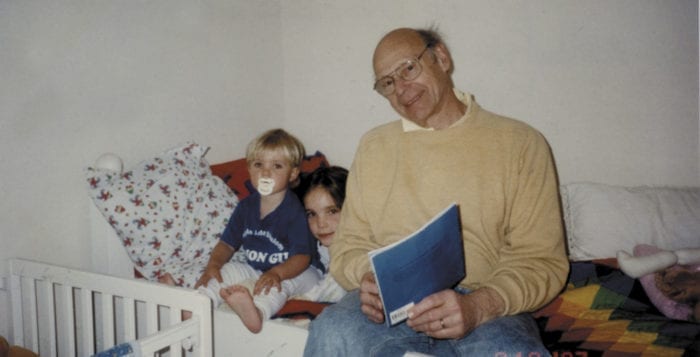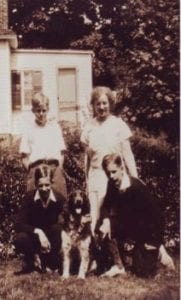Attorney, real estate developer and longtime Three Village resident John Damianos was laid to rest March 4.
Damianos died unexpectedly in his Old Field home Feb. 25. The 67-year-old was the principal and legal counsel of Smithtown-based Damianos Realty Group LLC and a familiar face in the town.
State Assemblyman Michael Fitzpatrick (R-St. James), who has known Damianos and his family for several years, described him as a cheerful, upbeat and sharp man. The assemblyman said he would always pick Damianos’ brain about local real estate when he saw him at events.
“He was just an all-around good guy,” Fitzpatrick said.
Christine Mazelis, owner of Niche Boutique in St. James and Mazelis Landscape Contracting Corp., met Damianos due to both of their families’ work with the Smithtown Historical Society and said he seemed to have a passion for everything, especially his cars.
“I always saw him as someone who lived his life with purpose,” Mazelis said. “Always giving back to our community.”
Priya Kapoor, executive director of the Smithtown Historical Society, said the Damianos family members are big supporters of the society’s annual Heritage Ball and Heritage Country Fair. John Damianos recently met with Kapoor to help with the landscaping of the historical society’s property, a project that he was not able to see transpire due to his passing.
“He wanted to do good for the community and wanted to beautify the property,” Kapoor said.
Rev. Demetrios Calogredes (Father Jim), pastor of the Greek Orthodox Church of the Assumption in Port Jefferson, said Damianos was a devout Greek Orthodox Christian who served on the church’s parish council for many years.
“He would read with great care the Holy Bible every day and derive inspiration from the Holy Scriptures,” Calogredes said. “John also was a great philanthropist, helping people in need and supporting the local soup kitchens with food and contributions.”
Calogredes said Damianos was an active member of Port Jefferson American Hellenic Educational Progressive Association. The organization was formed in 1922 to help Greek immigrants assimilate into the American way of life and be successful while fighting discrimination.
“John will truly be missed by all our parishioners and friends who loved and admired him,” Calogredes said. “May his soul rest in peace and may others follow his sterling example.”
In addition to his work with the church, Damianos was involved with Middle Country Coalition for Smart Growth, Building Owners’ and Managers’ Association Long Island and the Real Estate Institute. Damianos was a recipient of the Association for a Better Long Island Developer of the Year Award in 2019 along with the Long Island Business News Redevelopment of the Year Award.
According to his family, Damianos quietly supported worthy causes and delivered food parcels to those in need on behalf of City on a Hill Community Church in Middle Island. He also loved working in his yard and on his vintage Porsche.
Damianos was born Dec. 19, 1951, in Plattsburgh to Dr. Xenophon and Virginia Damianos and was raised in Stony Brook with his five brothers and sisters. A member of the Suffolk County Bar Association since 1982, he was a graduate of The Stony Brook School and Long Island University. He earned a juris doctor from the California Western School of Law.
Damianos is survived by his two children, Elexis Zoe Damianos, Esq. and John James Damianos; his former wife and good friend Evonne Damianos; beloved brothers X. Cristofer Damianos (Helayne), Pelops Damianos (Marilyn); and sisters Bonnie Lee Rampone (Chuck), Elektra Gaebelein (Thad) and Beth Ann Damianos.
Funeral arrangements were entrusted to Bryant Funeral Home of East Setauket. A funeral service was held March 4 at the Greek Orthodox Church of the Assumption and interment followed at St. James Episcopal Church Churchyard in St. James.
In lieu of flowers, donations may be made in his memory to the Monastery of St. Dionysios at 481 N. Country Road, St. James, NY 11780; City on a Hill Community Church at 629 Middle Country Road, Middle Island, NY, 11953; or Bideawee Animal Rescue at 118 Old Country Road, Westhampton, NY 11977.




